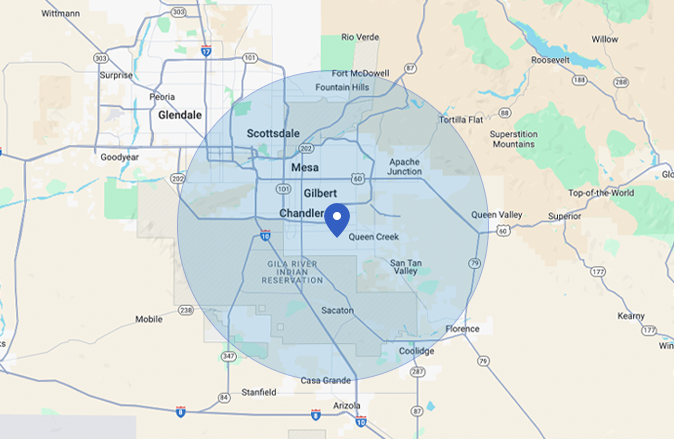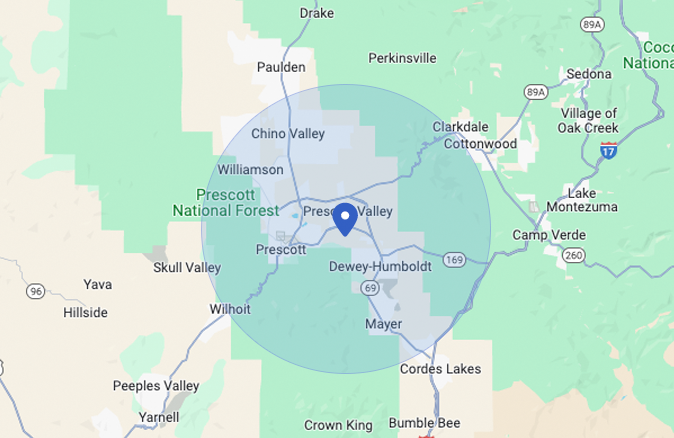When it comes to maintaining a comfortable living or working environment, an essential aspect is the HVAC system. HVAC stands for Heating, Ventilation, and Air Conditioning, and it plays a crucial role in controlling indoor temperature, humidity levels, and air quality. In this blog, we will delve into the world of HVAC systems, exploring their components, functions, and the overall mechanism that keeps us comfortable year-round.
Understanding the Components of an HVAC System
An HVAC system consists of several key components working in harmony to provide optimal comfort. These components include the furnace, heat exchanger, air conditioner or heat pump, evaporator coil, condensing unit, ventilation system, and thermostat. Let's take a closer look at each one:
- 1. Furnace: The furnace is responsible for heating the air during colder months. It burns fuel (such as natural gas or oil) or uses electricity to generate heat.
- 2. Heat Exchanger: The heat exchanger is found within the furnace and transfers the heat from the combustion process to the air passing through it.
- 3. Air Conditioner or Heat Pump: This component is responsible for cooling the air during warmer months. An air conditioner extracts heat from the indoor air and releases it outside, while a heat pump can reverse this process, providing both cooling and heating capabilities.
- 4. Evaporator Coil: Located inside the indoor unit, the evaporator coil cools and dehumidifies the air as it passes over the cold coil surface. It works together with the air conditioner or heat pump.
- 5. Condensing Unit: The condensing unit is located outside and works in conjunction with the evaporator coil. It releases the heat absorbed from the indoor air during the cooling process.
- 6. Ventilation System: The ventilation system ensures a continuous supply of fresh air and removes stale air, odors, and pollutants from the indoors. It includes air ducts, vents, and fans.
- 7. Thermostat: The thermostat serves as the control center of the HVAC system. It allows users to set their desired temperature and enables automatic adjustments to maintain comfort.
-
How Does an HVAC System Work?
- The operation of an HVAC system involves a series of steps to regulate temperature and air quality. Let's take a closer look at the typical heating and cooling process:
-
1. Cooling Process
- The thermostat senses that the indoor temperature is above the desired level.
- The thermostat sends a signal to the air conditioner or heat pump to start cooling.
- The air conditioner's compressor circulates refrigerant, which absorbs heat from the indoor air, turning it into a gas.
- The refrigerant is pumped to the outdoor condensing unit, where it releases the absorbed heat into the outside air.
- The refrigerant returns to its liquid state and travels back inside to the evaporator coil.
- The air handler's fan blows indoor air over the evaporator coil, cooling it.
- The cool air is then distributed throughout the building via the ventilation system.
- The process continues until the desired temperature is reached, and the thermostat signals the system to stop.
-
2. Heating Process
- In the heating mode, a heat pump or furnace takes over the temperature regulation process. The heat pump can extract heat from the outside air even in colder temperatures, while a furnace uses fuel combustion or electricity to generate heat. The warm air is then distributed through the ventilation system, providing heating comfort.
-
Contact Wolfgangs for All Your HVAC Needs
-
An HVAC system is an intricate combination of components and functions that work together to maintain comfortable indoor environments. By understanding the different elements and how they operate, you gain a better appreciation for the role an HVAC system plays in our everyday lives. From regulating temperature to improving air quality, these systems have become indispensable in modern living, ensuring our comfort and well-being throughout the year. At Wolfgangs, we specialize in heating and cooling repairs, replacements, installations, and maintenance. Contact us today for all your HVAC needs!








